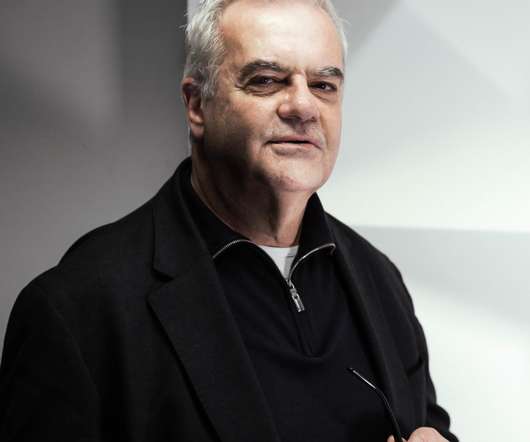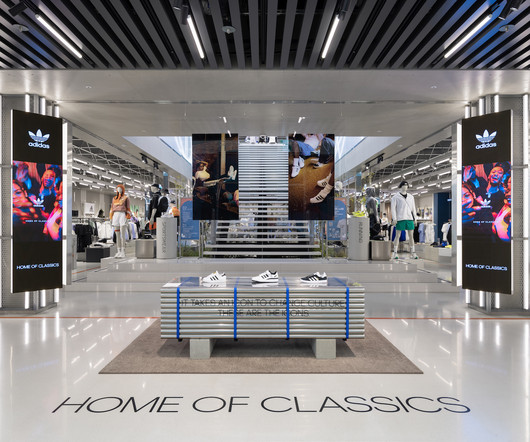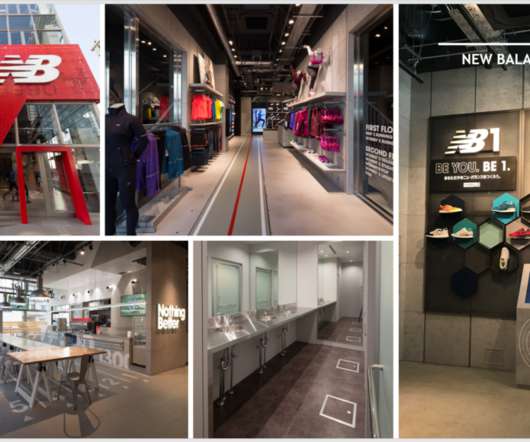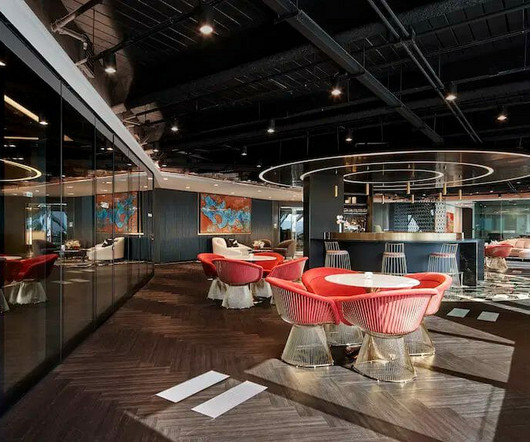Creating an effective retail space
Design Middleeast
JANUARY 25, 2020
So, how can a retail space be called successful in given so many factors? Highlight the focal point. Hasan and Husain Roomi, founders of H2R Design, have a vast experience of delivering retail projects. The post Creating an effective retail space appeared first on Design Middle East.












Let's personalize your content